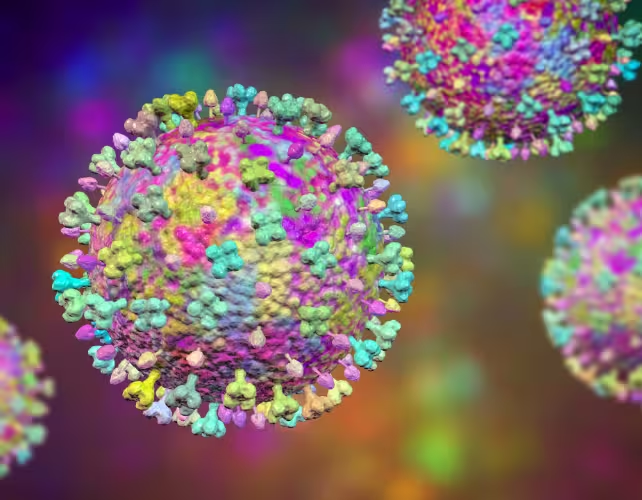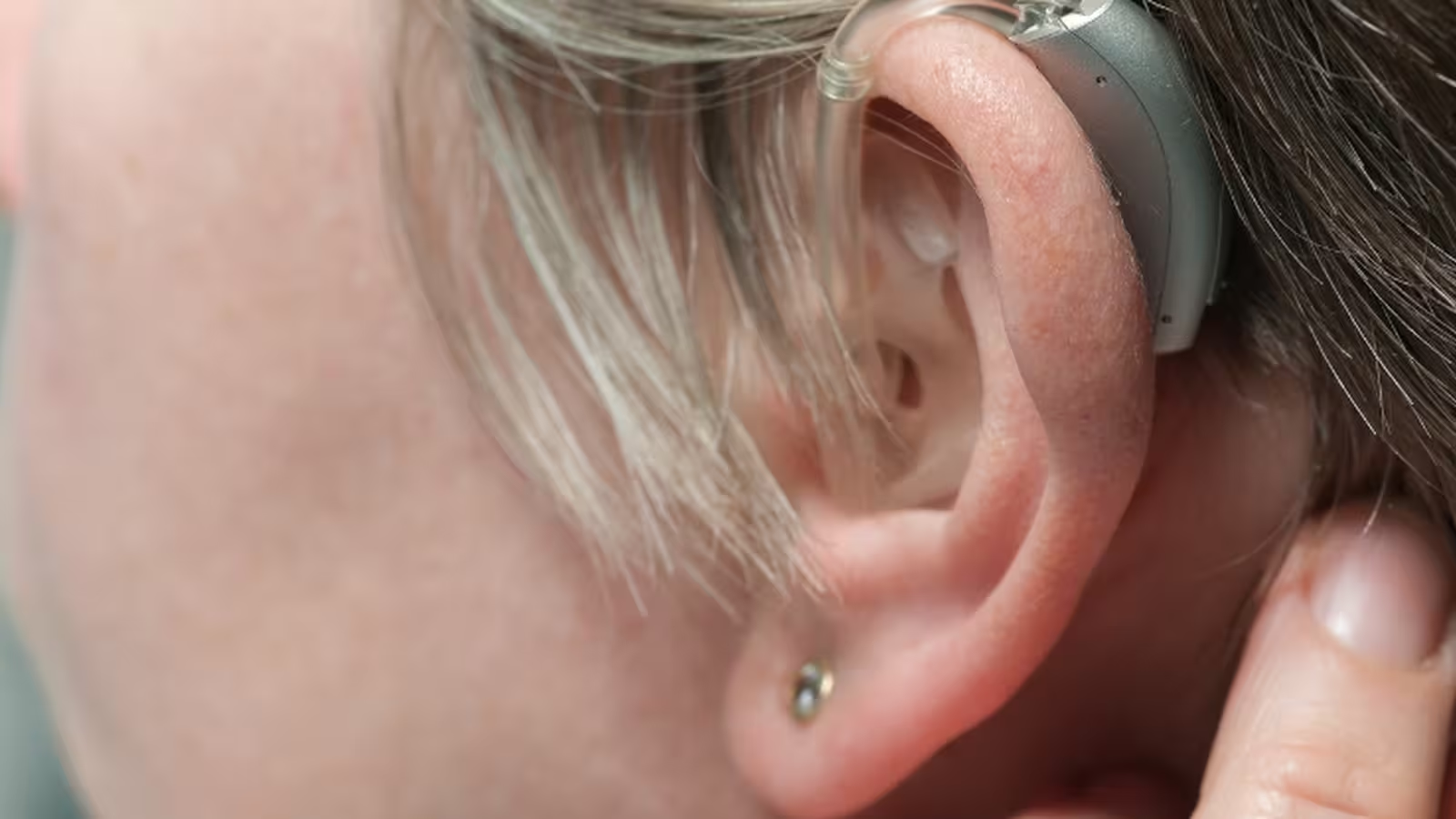5 Minutes
Understanding Genetic Hearing Loss and Its Impacts
Hearing loss from birth affects up to three in every 1,000 newborns worldwide, posing significant challenges for language development, education, and quality of life. Traditional solutions like cochlear implants offer hope by providing artificial hearing, but involve invasive surgery and often cannot fully reproduce the subtleties of natural sound perception. Moreover, not all forms of deafness respond equally to these interventions. Among the various types, OTOF-related deafness—a specific genetic condition caused by mutations in the OTOF gene—is particularly compelling for medical researchers seeking novel, gene-based treatments.
The OTOF gene encodes otoferlin, a protein that is vital for translating sounds from the inner ear into electrical signals interpretable by the brain. When this gene malfunctions due to inherited mutations, auditory communication between the ear and the brain is disrupted, resulting in profound congenital hearing loss. Intriguingly, while those affected by OTOF mutations retain healthy auditory structures within the inner ear, the crucial missing factor is the proper function of a single gene. This unique characteristic positions OTOF-related deafness as a prime target for innovative gene therapy approaches.
Pioneering Gene Therapy for OTOF-Related Deafness: Methods and Clinical Trials
Gene therapy aims to correct inherited disorders at their genetic source. Recent clinical research has made significant strides by demonstrating, for the first time, that gene therapy can restore hearing in a group ranging from toddlers to young adults with OTOF-related congenital deafness.
At the core of this groundbreaking study is the use of a specially modified virus, engineered to deliver a functional copy of the OTOF gene directly into the affected cells of the inner ear. This “viral vector” operates much like a precision courier: it attaches itself to the surface of the ear’s hair cells, is taken up by the cell, then travels to the nucleus—the cell’s command center. There, the genetic instructions necessary for producing otoferlin are released, enabling the cell to resume normal auditory function.
Earlier safety trials in animals and young children (aged five and eight years) established a foundation for this innovation. However, questions remained regarding safety in older patients and the age at which the treatment is most effective. To address these, an expanded clinical trial was launched across five medical centers. Ten participants between the ages of one and twenty-four, each diagnosed with OTOF-related deafness, received a single injection of the gene-carrying virus into their inner ear. For the next twelve months, researchers closely monitored participants for safety, side effects, and progress in hearing restoration.

Key Findings: Rapid and Remarkable Hearing Recovery
The evaluation of hearing restoration included both objective and behavioral tests. In objective tests, patients were exposed to rapid clicking sounds and tones of various pitches while sensitive instruments recorded their brainstem’s electrical responses. Additionally, continuous tones were played to further analyze auditory brainwaves. Behaviorally, patients wore headphones and were prompted to respond to faint beeps by pressing a button or raising their hand, gauging their ability to perceive even subtle sounds.
Results were compelling. Within one month of treatment, participants showed a substantial leap in hearing ability: average improvements reached 62% in the objective brainstem tests and up to 78% in behavioral assessments. Remarkably, two individuals achieved near-normal speech perception—a threshold critical for effective communication.
Feedback from families reflected how life-changing the results could be. For instance, the parent of a seven-year-old patient reported that her child responded to sounds only three days after receiving the therapy.
Importantly, the safety profile was highly favorable. Over the year-long follow-up, side effects were generally mild, the most common being a temporary decrease in white blood cell count. No serious adverse events were detected, reinforcing confidence in the therapy’s clinical viability.
Optimal Treatment Window and Broader Insights
The trial revealed new understanding about which patient groups stand to benefit most from gene therapy for hearing loss. While both younger (below five) and older participants experienced improvements, children aged five to eight showed the most pronounced recovery. This was somewhat unexpected, as standard biological assumptions would predict the best outcomes in the very youngest patients, whose auditory systems are still highly adaptable. The results suggest that the brain's ability to process restored hearing may peak within a specific developmental window, though the underlying mechanisms remain unclear and warrant further investigation.
This trial marks a milestone not only in the treatment of hearing loss but also in the broader field of gene therapy. By spanning a diverse age range and bridging the knowledge gap between laboratory animals and real-world patients, the study paves the way for future clinical advancements.
Future Directions for Gene Therapy in Treating Hearing Loss
The success of this first-of-its-kind therapy is just the beginning. Researchers are now striving to expand gene therapy approaches to cover other, more common genetic causes of hearing loss that are often more challenging to target and treat. Early animal studies offer encouraging signs, but translating these insights into safe, effective human treatments will require further clinical research and collaboration across disciplines.
As gene therapy technology continues to evolve—with enhancements in delivery methods, long-term safety, and efficacy—the vision of not just managing, but truly curing genetic hearing loss is becoming increasingly tangible.
Conclusion
This pioneering clinical trial demonstrates that gene therapy can rapidly and safely restore hearing in children and adults affected by OTOF-related genetic deafness, ushering in a new era for the treatment of inherited sensory disorders. The findings highlight both the promise and complexity of gene therapy in restoring sensory function, including key insights about optimal treatment timing. As research progresses, gene-based interventions may soon provide lasting solutions not only for OTOF mutations but for a wider array of genetic hearing disorders—offering renewed hope to millions worldwide affected by congenital deafness.
Source: theconversation



Comments